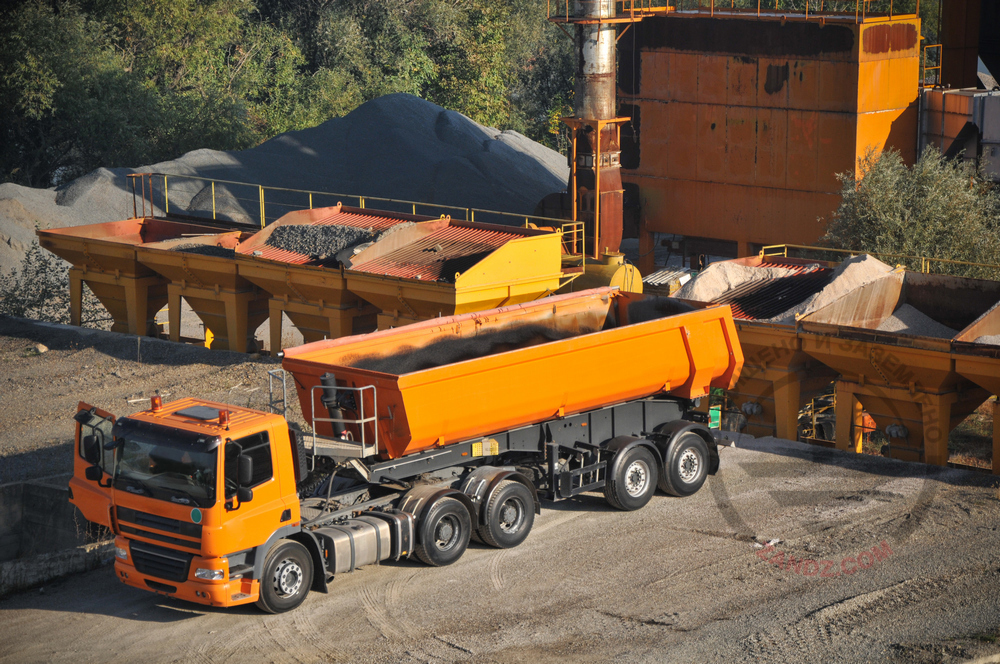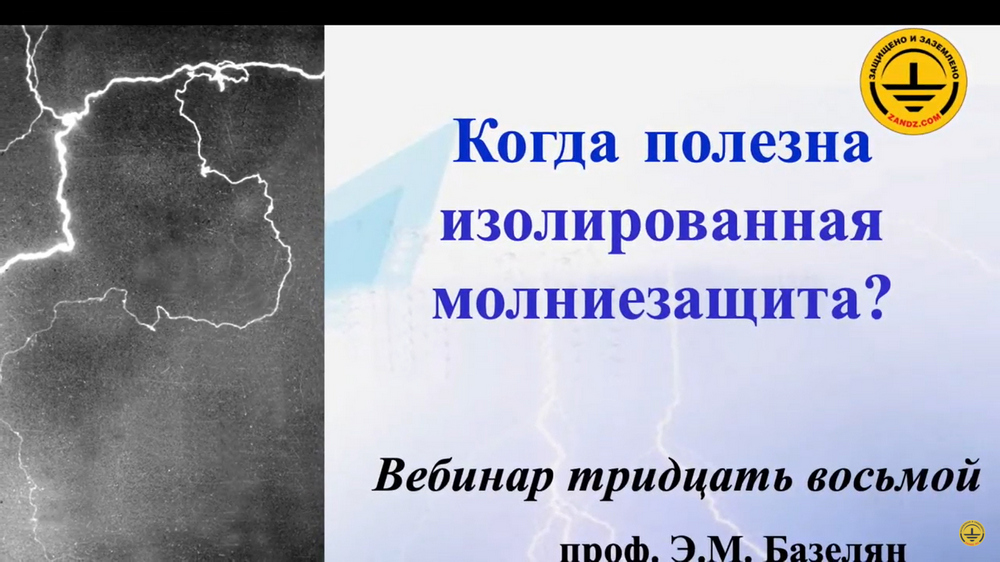|
Grounding resistance is considered the most important parameter of external and internal lightning protection. Due to the grounding resistance, the lightning current increases the potential of the external lightning protection components up to a megavolt level, creating a lightning storm surge, which is dangerous for overhead power lines and other facilities. The issue of making a grounding, including the lightning protection system, is important for all designers. Lots of regulatory documents are not in line with recommendations and promotional materials provided by the popular manufacturers of grounding systems, which makes it difficult to understand and sell off-the-shelf solutions, as well as learn the lightning current theory. To avoid such a confusion, ZANDZ team together with Professor E. Bazelya presents a new article called Frequently Asked Questions in the Lightning Grounding Design. |

|
|
The article consists of seven parts mostly devoted to the lightning current behavior in the soil and the issues of making a reliable protection system. You will learn the following topics:
The final part summarizes all of the above, which is particularly useful for electrical engineers |
|
Related Articles:
.png)




